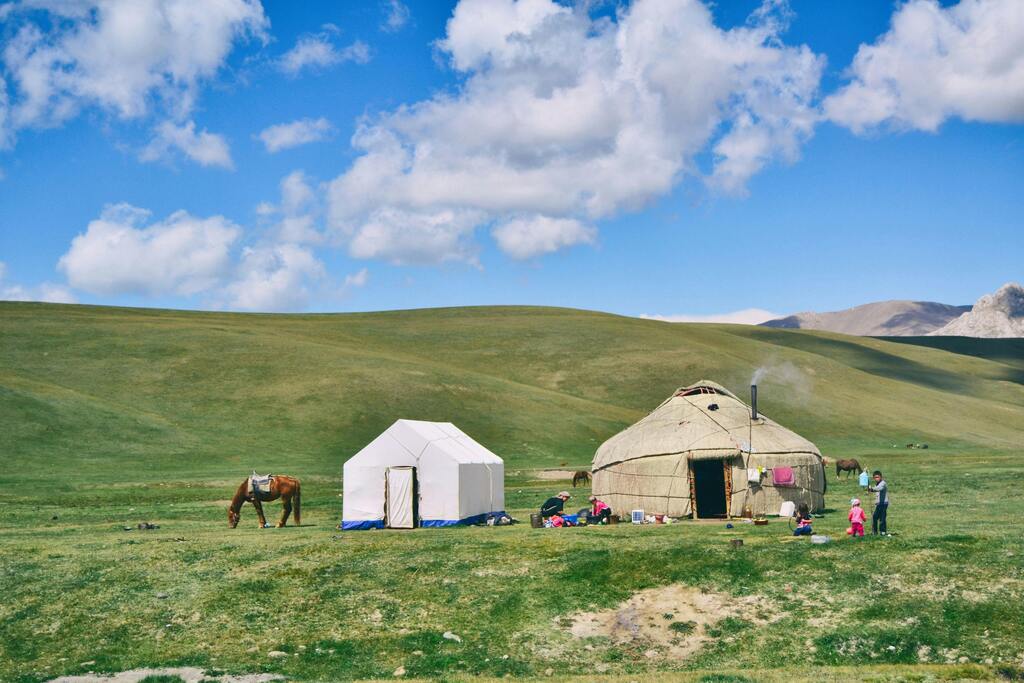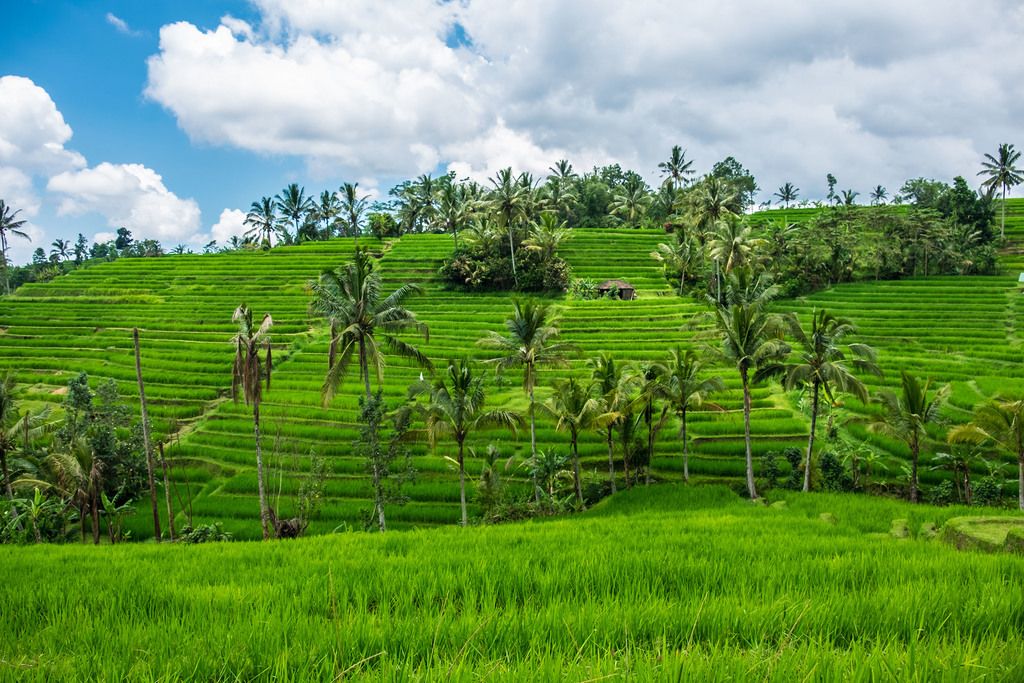

A ryokan isn’t just somewhere to sleep; it’s an unhurried performance of Japanese tradition, one in which you are both a guest and a participant. From the first bow at the door to the last cup of green tea, every detail is deliberate, every movement considered.
This guide is your backstage pass. We’ll unpack the customs, comforts, and occasional quirks that come with staying in a traditional Japanese inn—and help you decide which style suits your trip.
Whether you want steaming onsen baths, elaborate kaiseki feasts, or just the pleasure of walking around in a yukata without judgment, you’ll find it right here.
What is a Ryokan?
A ryokan is the definition of slow travel, the kind where the floor creaks under you and the scenery demands you pause. These traditional Japanese inns date back centuries, offering the essentials—tatami-matted rooms, futon bedding, communal baths, and seasonal cuisine—swathed in an unspoken promise of peace.
Tatami and futon
Forget box springs and duvets. At a ryokan, you’ll sleep on a futon mattress directly on woven straw mats. Staff usually set it up while you’re at dinner, transforming your lounge space into a bedroom without you having to lift a finger. Waking up is a sensory moment: light filtering through paper screens, the scent of straw, distant temple bells.
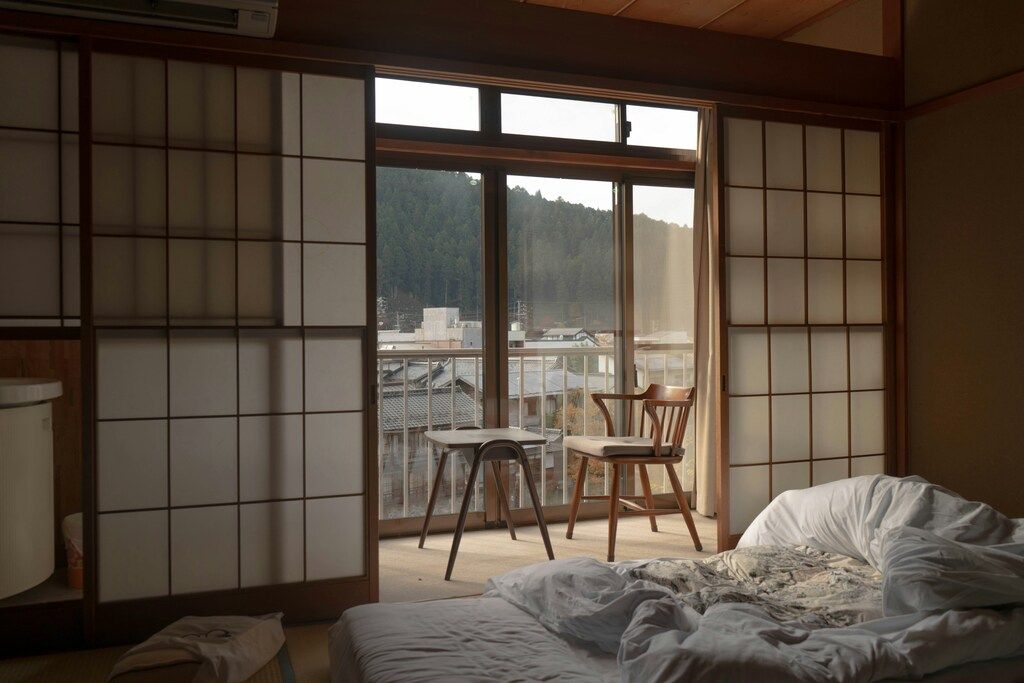
Onsen baths
An onsen isn’t just a place to get clean—it’s where the day slows to the pace of rising steam. Communal bathing, done nude and after a thorough scrub, is equal parts relaxation and cultural ritual. Some baths are indoors, framed by cedar and stone. Others are open-air, where you can soak under snowfall or cicada song. Some claim that the minerals in the water may offer health benefits, but the real magic is the tranquility.
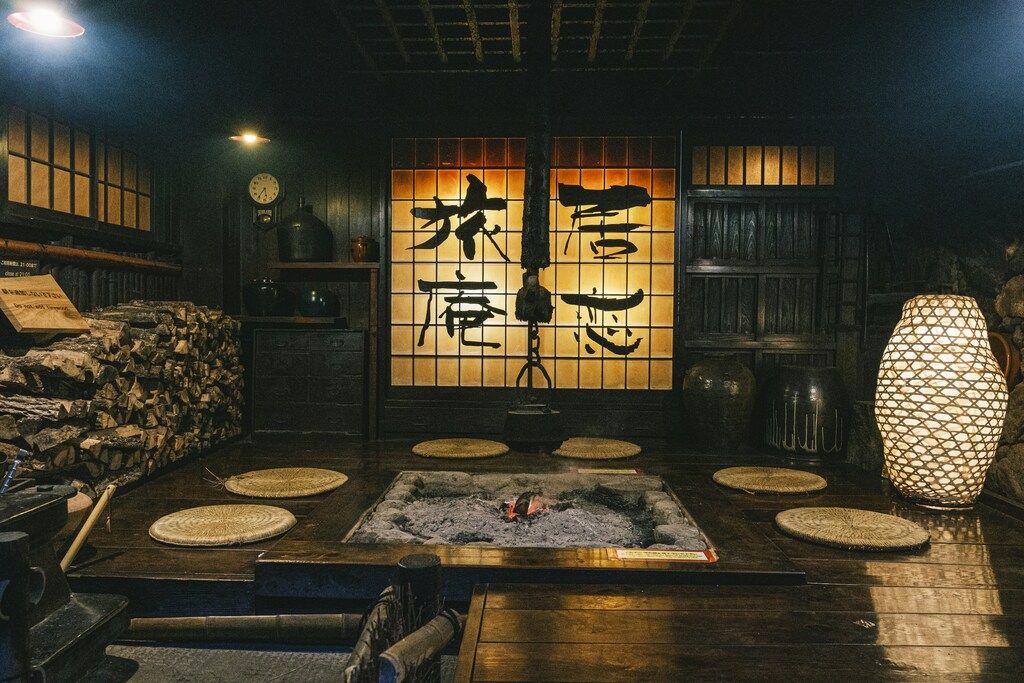
Yukata
Lightweight, cotton, and infinitely more comfortable than your average hotel dressing gown. You’ll find a yukata folded neatly in your room, ready for wearing around the inn and, in some towns, even out to dinner. The feel is soft, the look is effortlessly photogenic, and yes—you can keep it on for breakfast.
Kaiseki dining
A kaiseki dinner is a theatre for the taste buds. Expect 7–14 artfully plated courses, each reflecting local ingredients and the season’s mood. Think miso soup with mountain vegetables in spring, or grilled river fish in autumn. Presentation matters—every plate and garnish has a purpose. Hungry? Check out our guide on food in Japan for a deeper dive into Japan’s edible wonders.
Japanese hospitality (omotenashi)
This isn’t just service—it’s service before you’ve even thought to ask. From anticipating your tea refill to ensuring your futon is precisely fluffed, omotenashi is at the heart of every stay. Guests are treated like honoured family, yet boundaries are always respected.
Tranquil settings
Many inns are found in scenic spots—mountain valleys, coastal villages, or temple districts—chosen as much for their beauty as their convenience. A view of a moss-covered garden or mist drifting over hills is considered part of the stay. And then there’s the stillness. No background music, no hum of air-conditioning units—just the sound of a distant water feature or the occasional creak of the wooden frame.
In many traditional Japanese inns, the architecture is designed to make you aware of the seasons: paper screens that let in diffused sunlight, open verandas for summer evenings, and alcoves decorated with seasonal scrolls or flowers. Even the simplest details—slippers by the door, tea in ceramic cups—are part of a centuries-old blueprint for comfort.

Types of ryokans
Not all ryokans are the same. Some are as old as the towns they stand in, others are as sleek as a Kyoto café. Your ideal ryokan experience depends on how you like your tradition served—straight-up, or with a side of modern comfort.
Traditional ryokans
Here, you’ll get the full heritage treatment—sliding shoji doors, low tables, tea served in porcelain cups that could be antiques. Staff may wear kimono, meals are served in-room, and décor is unchanged for decades. It’s a step back in time, perfect for travellers who want authenticity over convenience.
Resort ryokans
Think spa facilities, multiple dining options, perhaps even a pool—all alongside tatami rooms and onsen baths. Ideal if you want your staying in a ryokan moment but also a gym, a massage chair, and Wi-Fi strong enough for streaming.
Urban ryokans
Perfect for travellers who don’t have time to head to the countryside. These inns offer a pocket of calm in places like Tokyo or Osaka—your ryokan experience minus the long train ride. You can spend the day in museums and neon districts, then return to tea and tatami.
Some travellers mix and match: a night in a countryside onsen ryokan to soak under the stars, followed by an urban ryokan stay in Kyoto for temple-hopping and late-night ramen runs. Others choose based on the food scene—Hokkaido for seafood, Kyushu for hot-spring-steamed dishes.
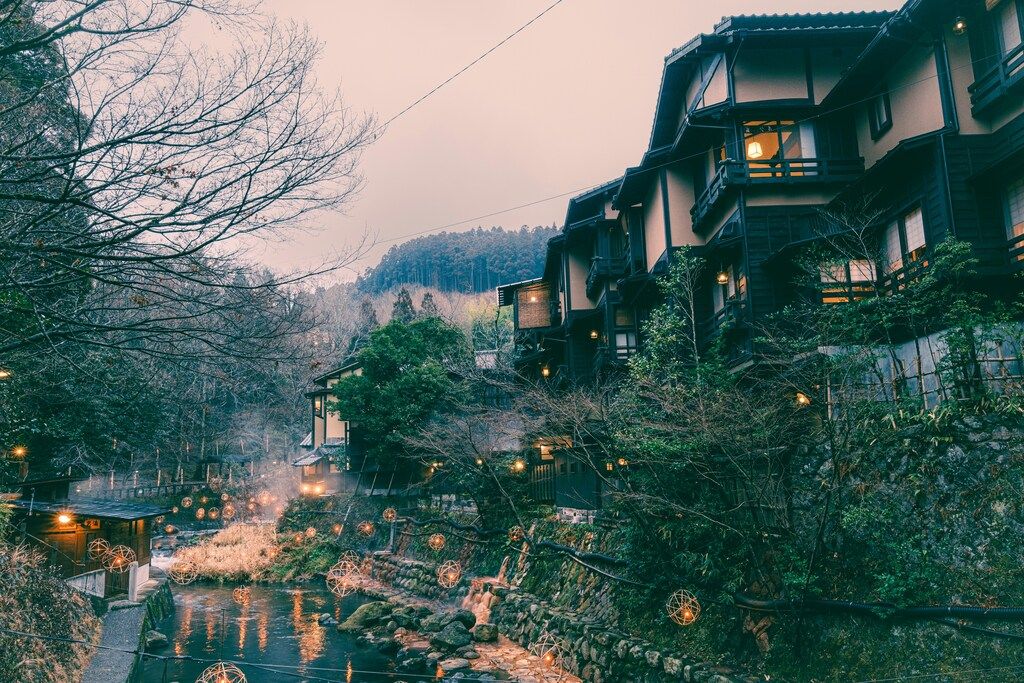
Ryokan Vs. Hotels
Choosing between them is like comparing a tea ceremony to coffee-to-go. Hotels offer speed and predictability; ryokans invite you to slow down. You’ll find futons instead of Western beds, staff who may speak less English, and structured schedules for meals and baths. What you gain is immersion in tradition and a rhythm that invites you to pause.
What to expect during your ryokan stay
Even the most relaxed traveller benefits from a little prep before stepping into a ryokan. Here’s how to make your stay smooth—and avoid awkward faux pas.
Check-in and welcome
Arrive before 6 p.m., especially if dinner is included. Shoes off at the genkan (entrance), slippers on. You may be offered tea in the lounge before being shown to your room. It’s polite to admire the garden or décor along the way—it’s there for you to enjoy.
Onsen etiquette
At an onsen of a ryokan, the rules are clear: wash thoroughly before entering, keep hair and towels out of the water, speak softly, and never splash. Tattoos can be an issue at some baths—check in advance if you’ll need a private option.
Meals
Dinner is served at set times, often in your room or a private dining area. Arrive punctually—kaiseki is best when timed perfectly. Breakfast, usually Japanese-style, follows the same schedule. Western breakfast is available at some ryokans, but don’t count on it without checking.
Wearing the yukata
Wrap left over right, tie the sash at the waist, and enjoy. Yukata are for lounging, dining, and even strolling around town in some onsen areas. In winter, add a short jacket called a haori for warmth.
General etiquette
A ryokan is a place for quiet enjoyment. Keep voices low in hallways, respect shared spaces, and follow any house rules you’re given. If in doubt, watch what locals do—it’s the fastest way to fit in.
One last tip: don’t rush. A ryokan experience is as much about the in-between moments as the headline activities. Savour the tea before dinner, listen to the floorboards sigh as you walk, and take time in the bath until your fingers prune. If you’re staying in a ryokan with a garden, step outside after dark—lanterns often light the pathways, and the scent of pine or plum blossoms in the cool air is unforgettable.
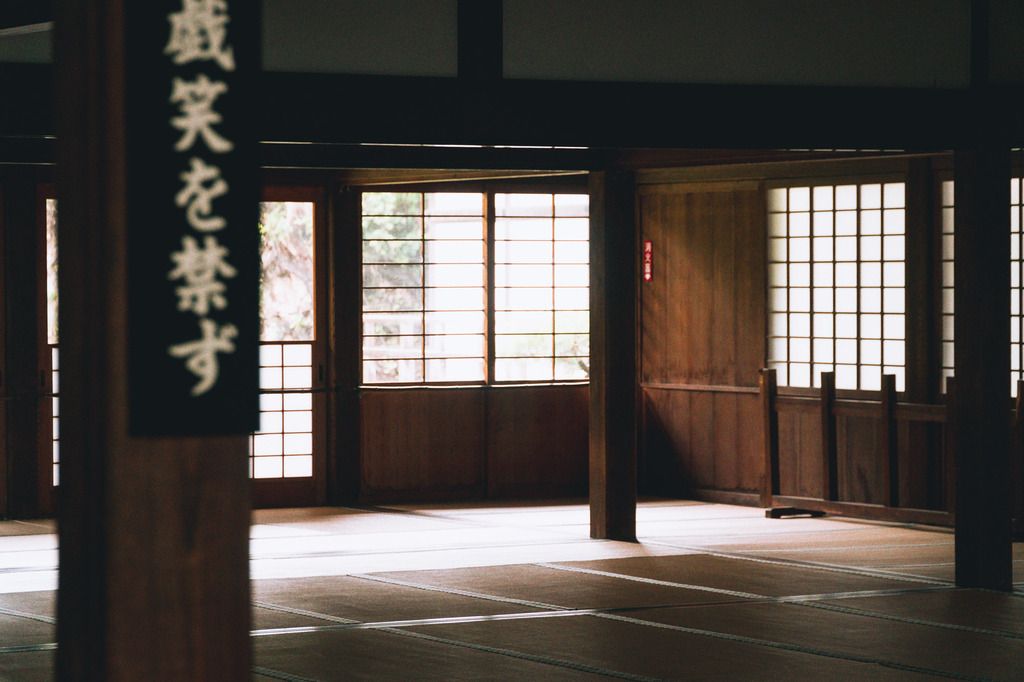
Where to find the best Ryokans in Japan: top regions and towns
By now, you should have a sense of what a stay in a ryokan is like and the various types available. The question is—where should you actually book one? Japan offers everything from polished onsen resorts to quiet country hideaways, each steeped in its own charm. Here’s where to look if you want your next overnight to feel like it could be framed in a travel magazine.
Hakone
Hakone is a favourite for travellers who want the mountains without venturing too far from Tokyo. The area is packed with onsen ryokan, many boasting open-air baths with spectacular Fuji backdrops. Outside the bath, you can explore sculpture gardens, ride the ropeway over volcanic valleys, or sip tea by Lake Ashi. Come in autumn for fiery foliage, or winter for clear, snow-tipped views.
Kyoto
Japan’s former capital isn’t short on cultural treasures—and its traditional Japanese inn scene is just as rich. You might stay in a centuries-old townhouse with creaking floorboards and manicured gardens, or a refined futon tatami ryokan tucked down a lantern-lit alley. Days here are for wandering temple paths and strolling through geisha districts; evenings are for slow, multi-course dinners in rooms overlooking private courtyards.
Gero Onsen, Kaga Onsen, Beppu
These are three names every hot-spring fan should know. Often topping best Ryokan in Japan lists, these towns are celebrated for their exceptional bathing culture. Gero Onsen in Gifu is famed for its silky waters; Kaga Onsen boasts ornate Meiji-era bathhouses; and Beppu in Kyushu is a geothermal wonderland where steam rises from every street. Here, top-rated inns often pair luxurious bathing with elaborate kaiseki ryokan feasts.
Rural retreats
Sometimes the real luxury is pure, unadulterated silence. Remote parts of Tohoku, Shikoku, or Hokkaido offer stays where the nearest neighbour might be a fox in the fields. These out-of-the-way inns are ideal if you want star-filled skies, seasonal mountain menus, and the kind of tranquillity you can’t pack into a weekend. To time your escape perfectly, check when is the best time to visit Japan or The Japan Cherry Blossom Season forecast before you go.
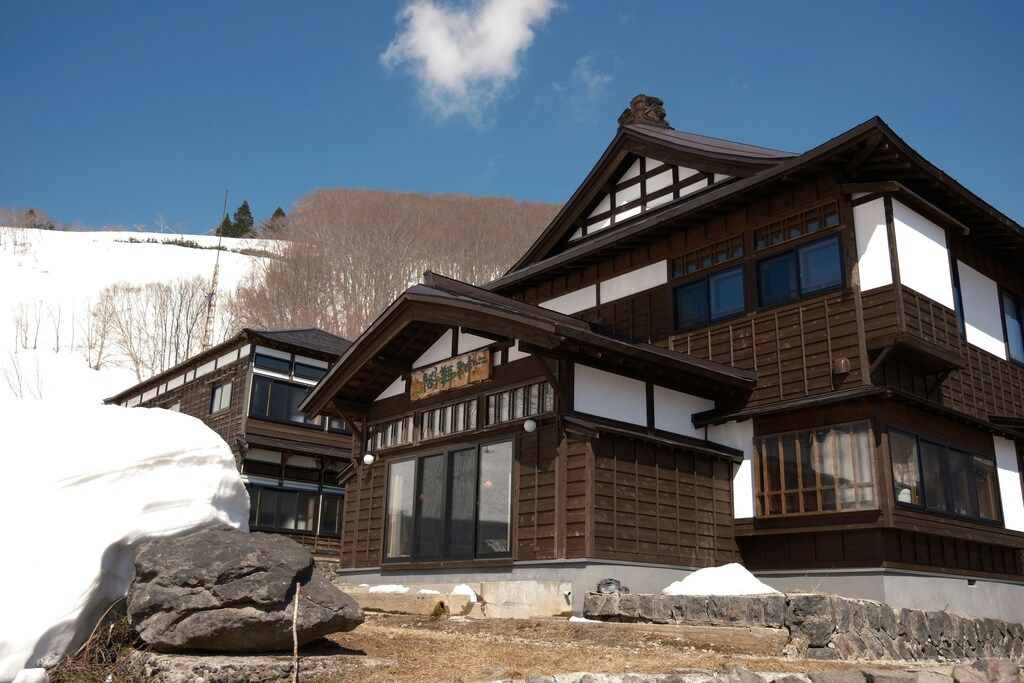
Tips for booking your ryokan
Locking in the right ryokan is part timing, part detective work. A bit of preparation ensures you don’t end up with the last room overlooking the car park—or worse, missing out entirely.
Plan ahead—way ahead
Popular locations like Kyoto, Hakone, and Beppu can sell out months in advance, especially during cherry blossom or autumn leaves season. Aim to book three to six months before your trip for sought-after spots.
Read reviews with a fine-tooth comb
Not all guest feedback is equally useful. Look for specifics: Is the bath water a natural hot spring or heated tap? Are dinners served in-room or in a shared hall? Does the property accommodate international travellers with English signage or bilingual staff? These details make a big difference in the comfort of your staying in a ryokan experience.
Budget for the stay you want
Prices vary dramatically—from modest traditional Japanese inn rooms with shared baths to high-end suites with private onsen and artfully prepared seasonal dinners. Knowing whether you value the food, the view, or the bathing facilities most will help you decide where to splurge.
Flag any food requirements early
A kaiseki ryokan meal is a chef’s seasonal story told over multiple plates, so it’s not easily swapped last-minute. If you’re vegetarian, have allergies, or need adjustments, tell the inn when booking—preferably in Japanese or via a translated message—to give them time to prepare without losing the artistry.
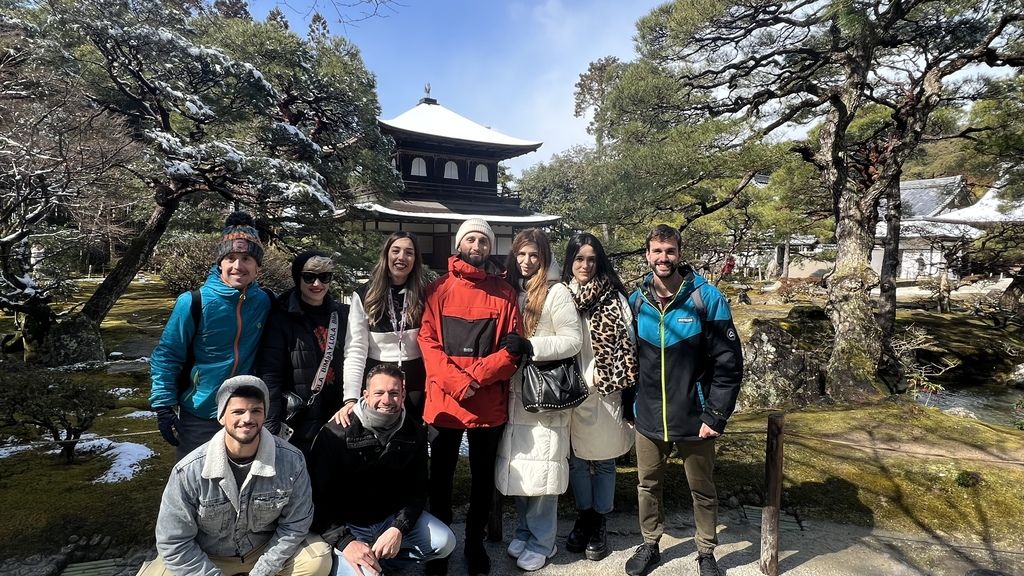
Embrace the tradition: your unforgettable ryokan experience awaits!
A night in a ryokan is more than accommodation—it’s an initiation into a slower, richer rhythm. Whether you choose a hot-spring resort town with a social buzz or a hidden countryside inn where the loudest sound is the evening wind, the essence is the same: genuine care, deep tradition, and space to breathe. It’s the antidote to identikit hotels, offering something far more valuable than thread count—connection.
If you’re planning a trip to Japan, make room in your itinerary for this tradition. Your Instagram might thank you, but more importantly, you’ll carry the memory long after you’ve left.Ready to dive in? Explore our Japan group travel experiences or opt for a guided trip through Japan and share the wonder of a ryokan stay with fellow travellers who appreciate the art of slowing down.

